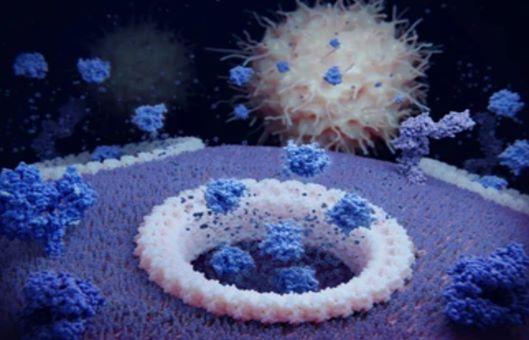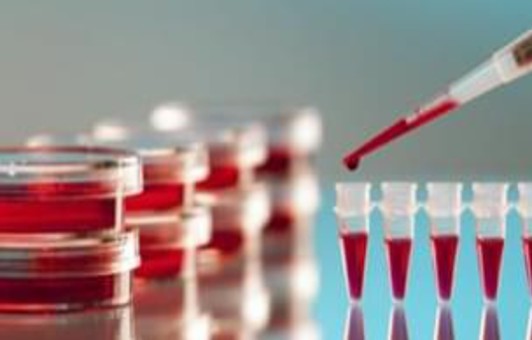IFN-y ELISpot Assay Protocol on Multiscreen IP Plate
GUIDELINE
The ELISpot (enzyme-linked immuno-spot) assay provides an effective method of measuring the antibody or cytokine production of immune cells on the single-cell level. The popularity of this assay has seen a resurgence in recent years as researchers attempt to gain a better understanding of immune responses in a variety of applications. The following protocol is an example of a typical ELISpot assay for quantifying the number of cells producing interferon-. (IFN-y) in response to antigen or non-specific activation using phytohemagglutinin (PHA). It may be optimized as necessary for other applications.
METHODS
Day 1
- Pre-wet each well with 15 μL of 35% ethanol for one minute. Rinse with 150 μL sterile phosphate-buffered three times before the ethanol evaporates.
- Coat multi-screen IP plates with 100 μL (10 μg/mL) anti-IFN-. antibody in sterile PBS (sPBS). Incubate overnight at 4°C.
Day 2
- Pre-wet each well with 15 μL of 35% ethanol for one minute. Rinse with 150 μL sterile PBS three times before the ethanol evaporates.
- Coat multi-screen IP plates with 100 μL (10 μg/mL) anti-IFN-. antibody in sterile PBS (sPBS). Incubate overnight at 4°C.
- Decant blocking medium.
- Gently plate HPBMC in 100 μL cell medium per well.
- Incubate for 18 to 48 hours at 37°C, 5% CO2, and 95% humidity.
Day 3
- Decant cells.
- Wash plate 6 times with PBS/0.01% Tween 20. A squeeze bottle can be utilized to ensure adequate washing.
- Dilute biotinylated anti-IFN-ã antibody to 2 μg/mL in PBS/0.5% BSA. Add 100 μL/well.
- Incubate for 2 hours at 37°C, 5% CO2, and 95% humidity.
- Wash plate 6 times with PBS/0.01% Tween 20.
- Prepare streptavidin-alkaline phosphatase enzyme conjugate 1:1000 dilution in sPBS.
- Add 100 μL per well of streptavidin-alkaline phosphatase. Incubate for 45 minutes at room temperature.
- Decant streptavidin, was 3 times with PBS/ 0.01% Tween 20, followed by 3 washes with PBS.
- The final washes with PBS only are important as Tween 20 will interfere with the spot development.
- Add 100 μL/well BCIP/NBT-plus substrate. Incubate for 5 minutes.
- Stop spot development under running water and wash extensively. While washing, remove the underdrain and continue rinsing.
- Blot the plate to remove the excess liquid and dry the back of the wells thoroughly with an absorbent wipe. This will ensure that the substrate has been completely removed from the membrane.
- Let the plate dry overnight in the dark. Spot intensity may decrease with exposure to light.
Day 4
- Attach the sealing tape to the bottom of the plate and ensure that the tape sticks to the edge of each well by applying pressure to the tape with a blunt or curved implement such as the handle of a spatula.
- Place the plate on the blue ELISpot transfer pad with the membrane and tape it down.
- Insert the black punch-out device into the well, and punch out the membrane by applying light pressure. A faint click sound indicates that the membrane has transferred to the sealing tape. Repeat for all wells.
- Total time for removing all membranes is approximately 2-3 min.
- Store tape in a plastic sheet protector along with protocol and evaluation results.
NOTES
- Ethanol volumes greater than 15 μL are not recommended. Once the membrane is pre-wet with alcohol, do not allow the membrane to dry for the duration of the assay.
- To minimize over-seeding of the wells, Millipore recommends adding no greater than 200,000 cells/well.
- If using a plate washer, increase the number of wash cycles to 1.5 times the recommended number of manual cycles. It is important not to exceed 0.01% Tween 20 to prevent the possibility of leakage.
- Exceeding 1 hour incubation with enzyme conjugate will result in increased background color.

